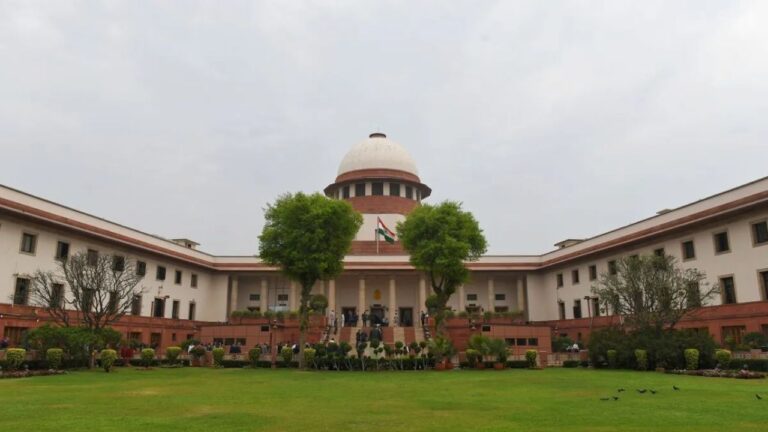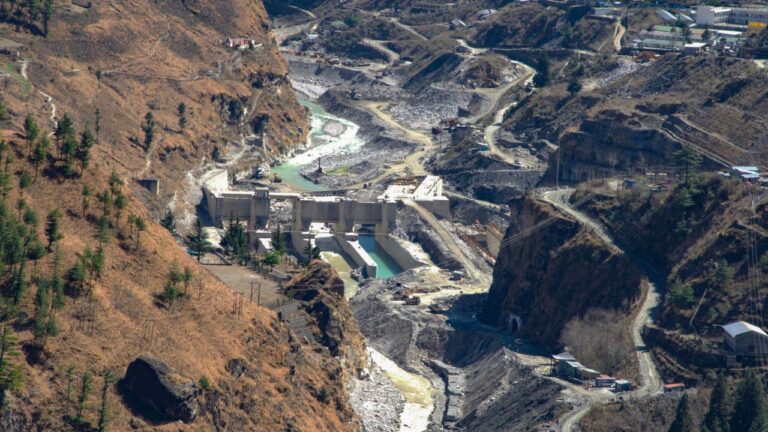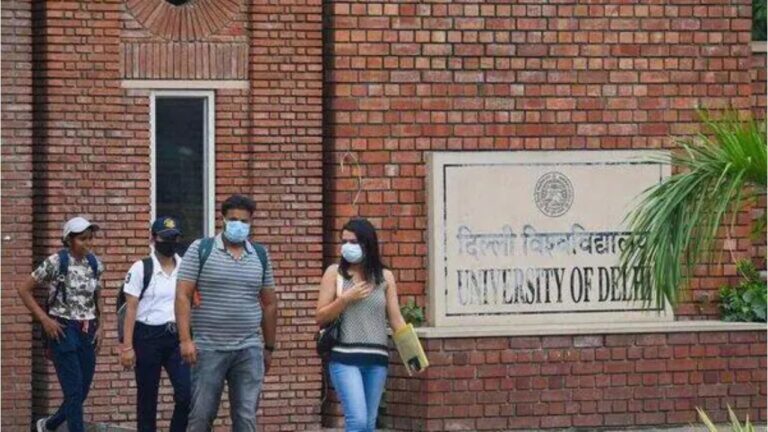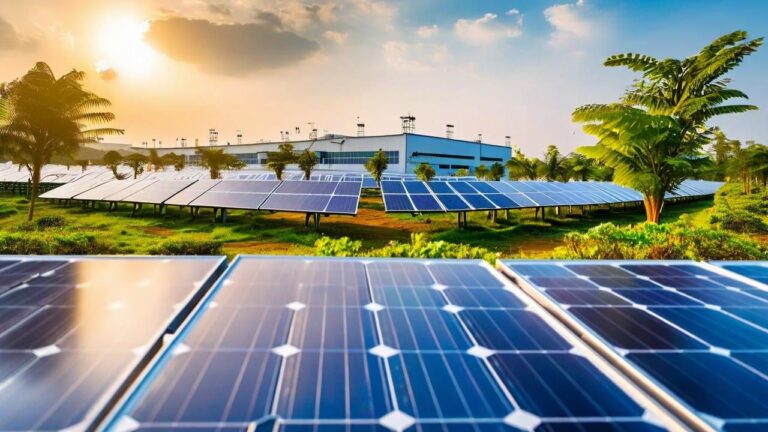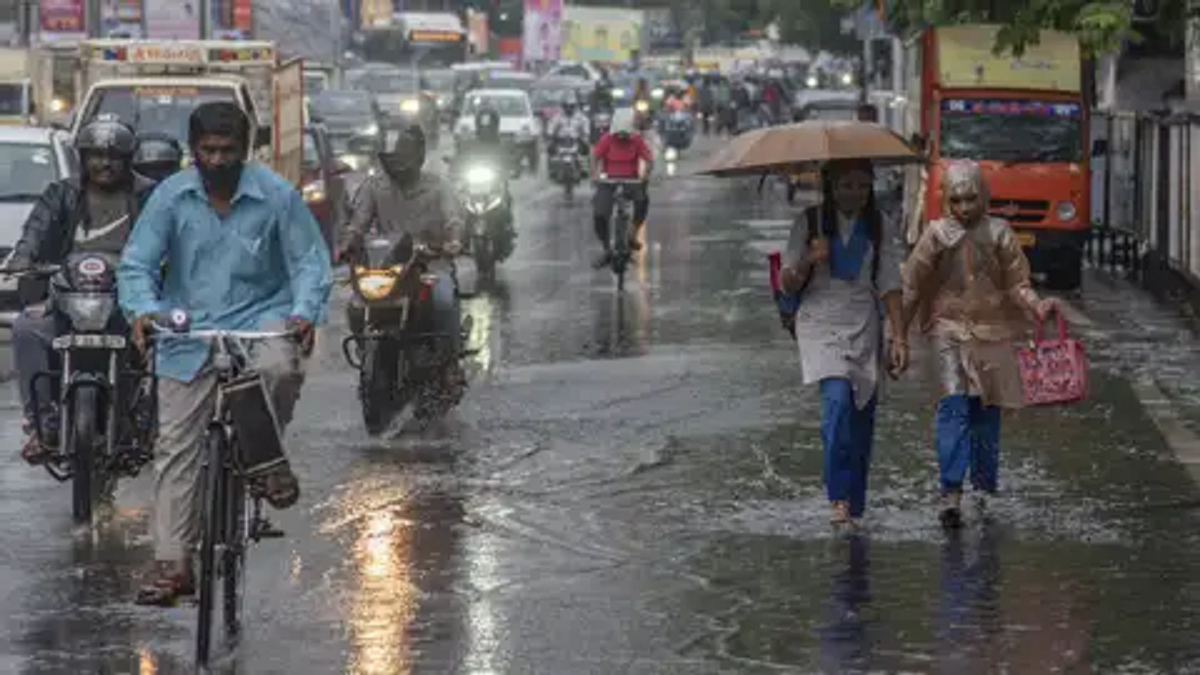
Delhi faced severe waterlogging following torrential rains on Friday morning, which saw the city submerged in chaos. The Safdarjung Observatory, the city’s primary weather station, recorded an astounding 228.1 mm of rainfall in the 24 hours ending at 8:30 am, far surpassing the June rainfall average of 74.1 mm. This marks the highest June rainfall in at least 16 years. The deluge resulted in familiar scenes of flooded roads, stranded vehicles, and extensive traffic snarls, with residents expressing frustration over the city’s inadequate drainage infrastructure.
Environment Minister Points to Plastic Waste
Union Environment Minister Bhupender Yadav has attributed the severe waterlogging to drains clogged with plastic waste. He expressed his disappointment with the Delhi government’s lack of action despite repeated reminders. “We banned single-use plastic and also asked the Delhi government to take action. We have asked the Delhi government’s industries department several times to close down these (single-use plastic manufacturing) units,” Yadav stated at the India Climate Summit organized by Times Network.
Criticism of Local Government’s Inaction
Yadav criticized the Delhi government for its inaction, pointing out that the continued operation of single-use plastic manufacturing units has not only contributed to environmental hazards but also led to industrial disasters. “The Delhi government has remained inactive,” he remarked. He emphasized that the primary reason for waterlogging is the clogging of drains due to polythene, calling for changes in personal behavior and local governance to address this issue effectively.
Record Rainfall Across Delhi
According to the India Meteorological Department, various weather stations across Delhi reported significant rainfall in the 24 hours ending at 8:30 am. The Lodhi Road weather station logged 192.8 mm, Ridge 150.4 mm, Palam 106.6 mm, Delhi University 139 mm, Pitampura 138 mm, Pusa 89 mm, Mayur Vihar 75 mm, and Tughlakabad 70.5 mm. The season’s first heavy spell of rain highlighted the city’s persistent drainage issues, raising concerns over the preparedness and responsiveness of the local government to such weather events.
Calls for Improved Drainage Infrastructure
The heavy rains and resulting chaos have once again underscored the need for improved drainage infrastructure in Delhi. With climate change likely to increase the frequency and intensity of such weather events, it is crucial for local authorities to take proactive measures to enhance the city’s resilience. This includes addressing the issue of plastic waste clogging drains and ensuring timely maintenance and upgrades to the drainage system.
